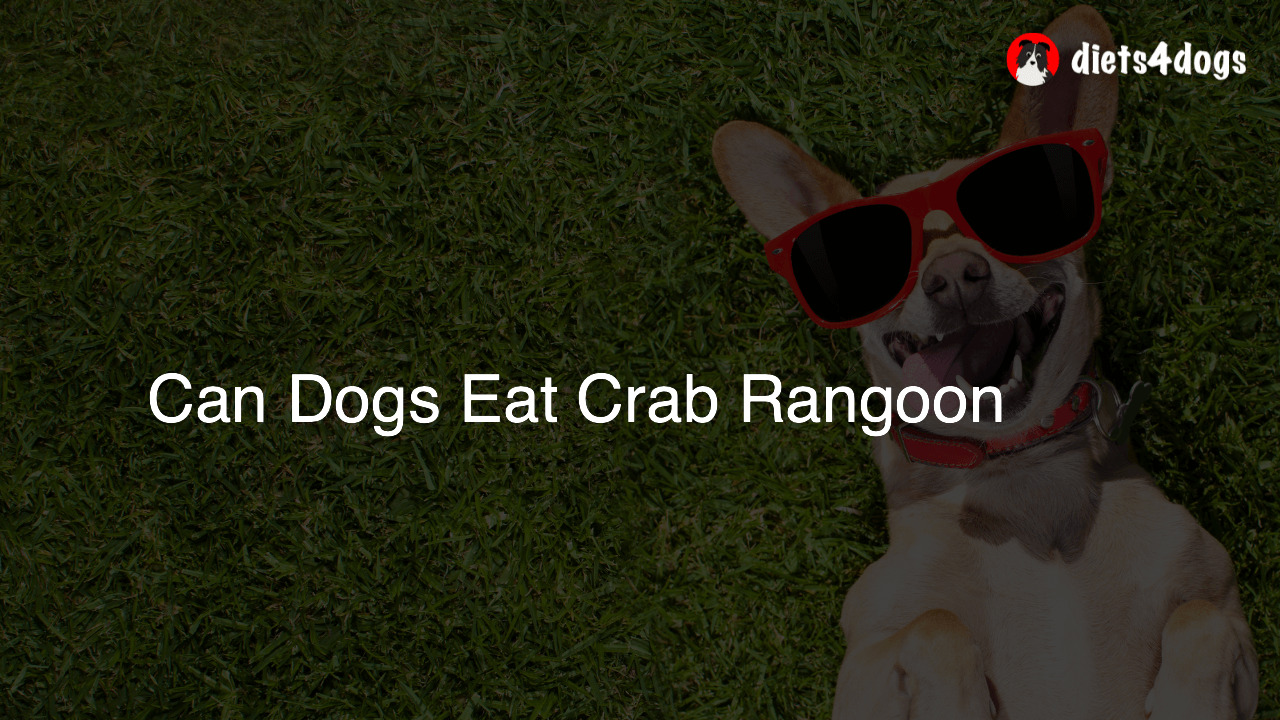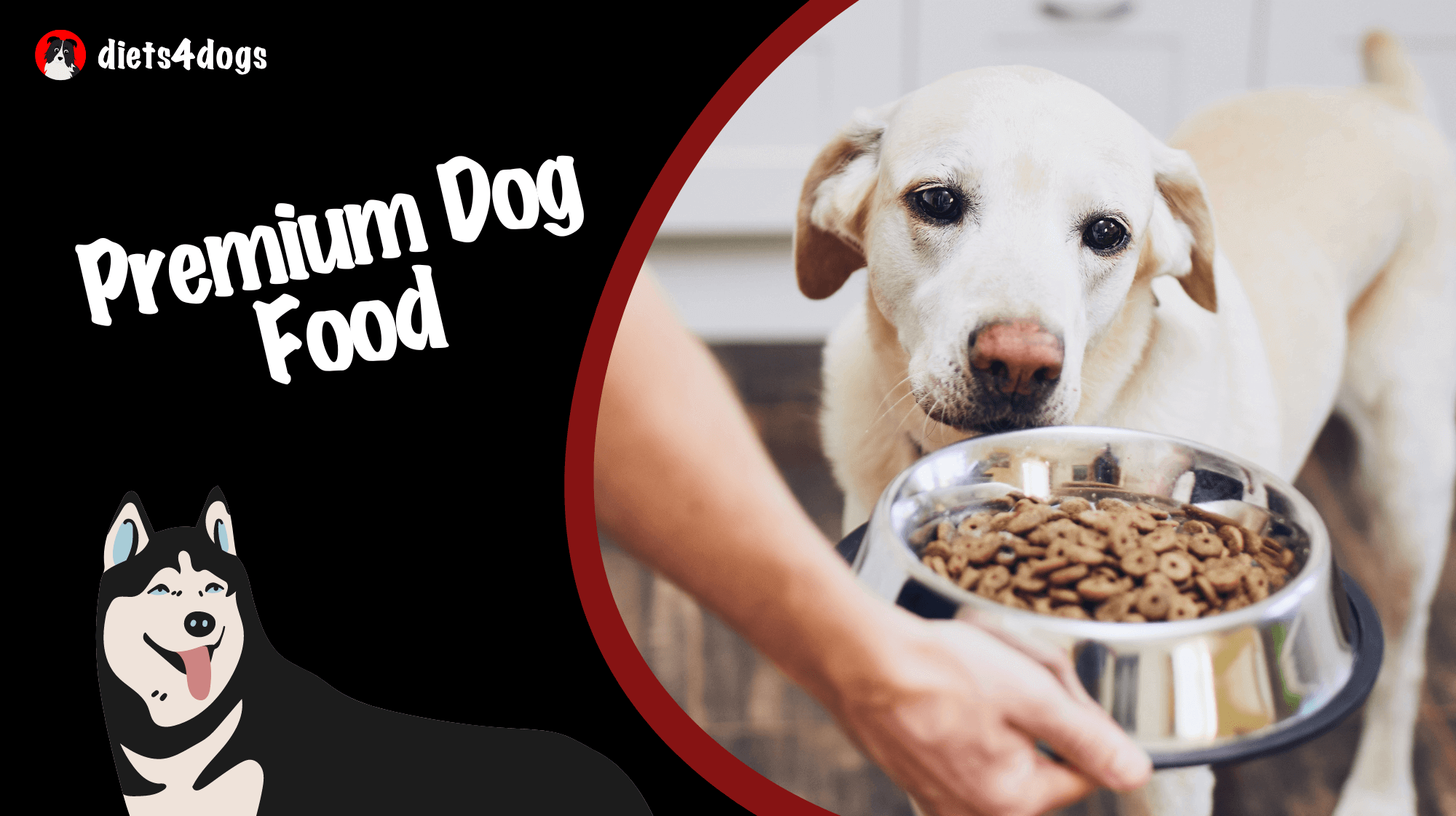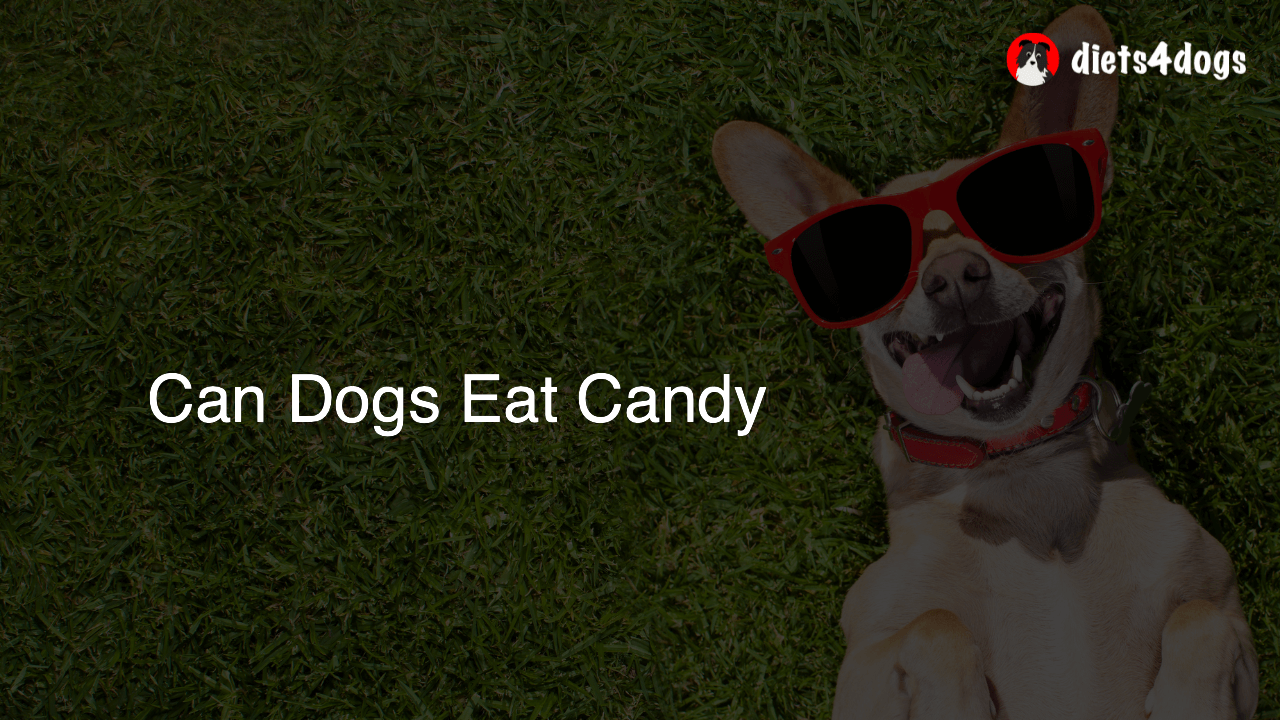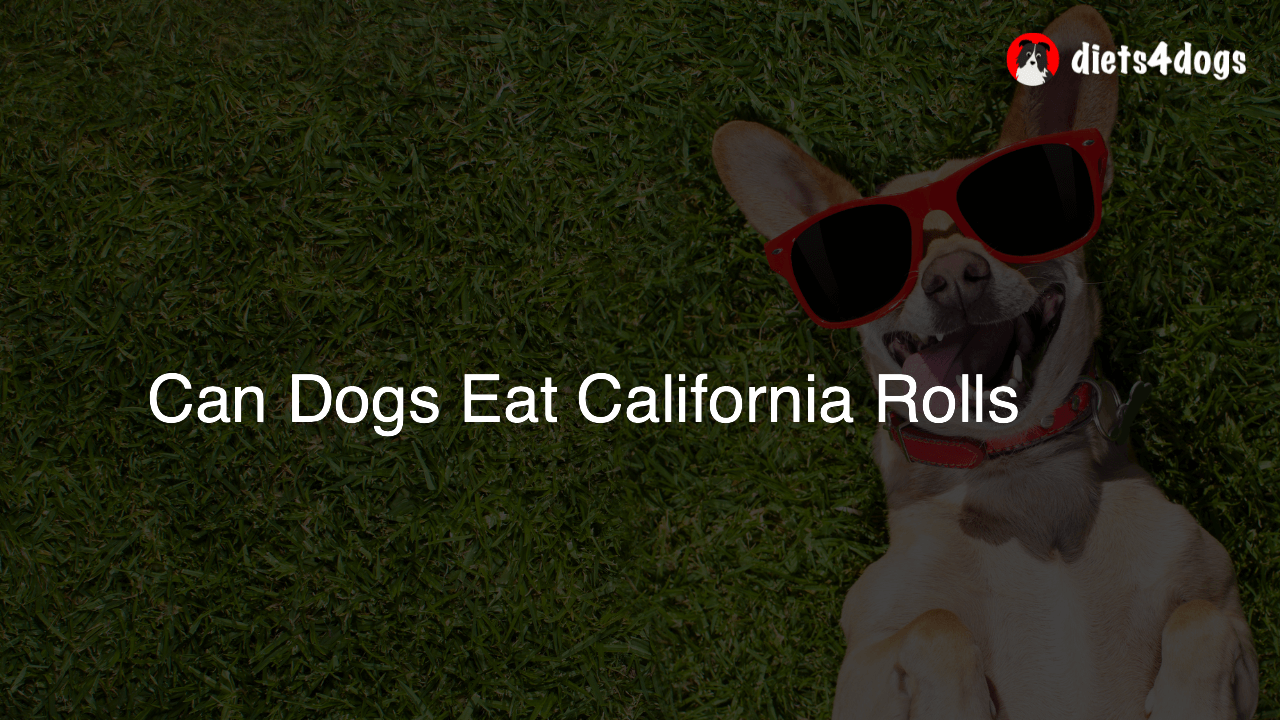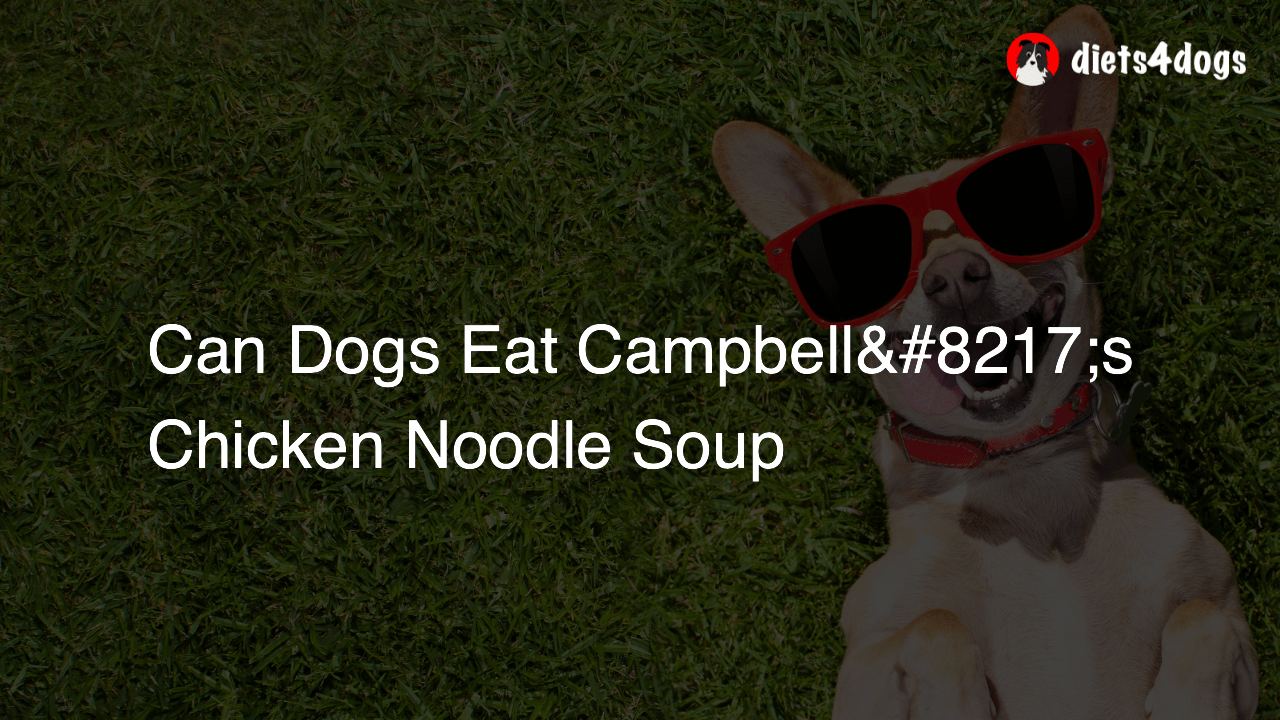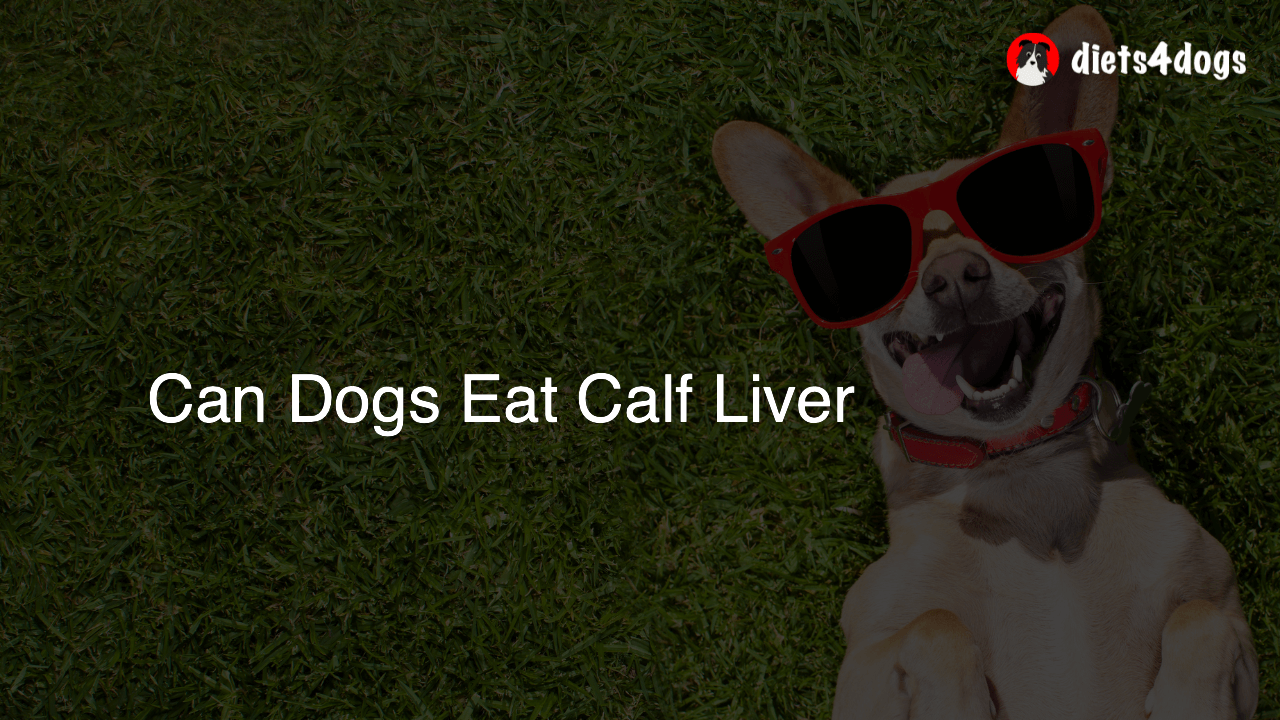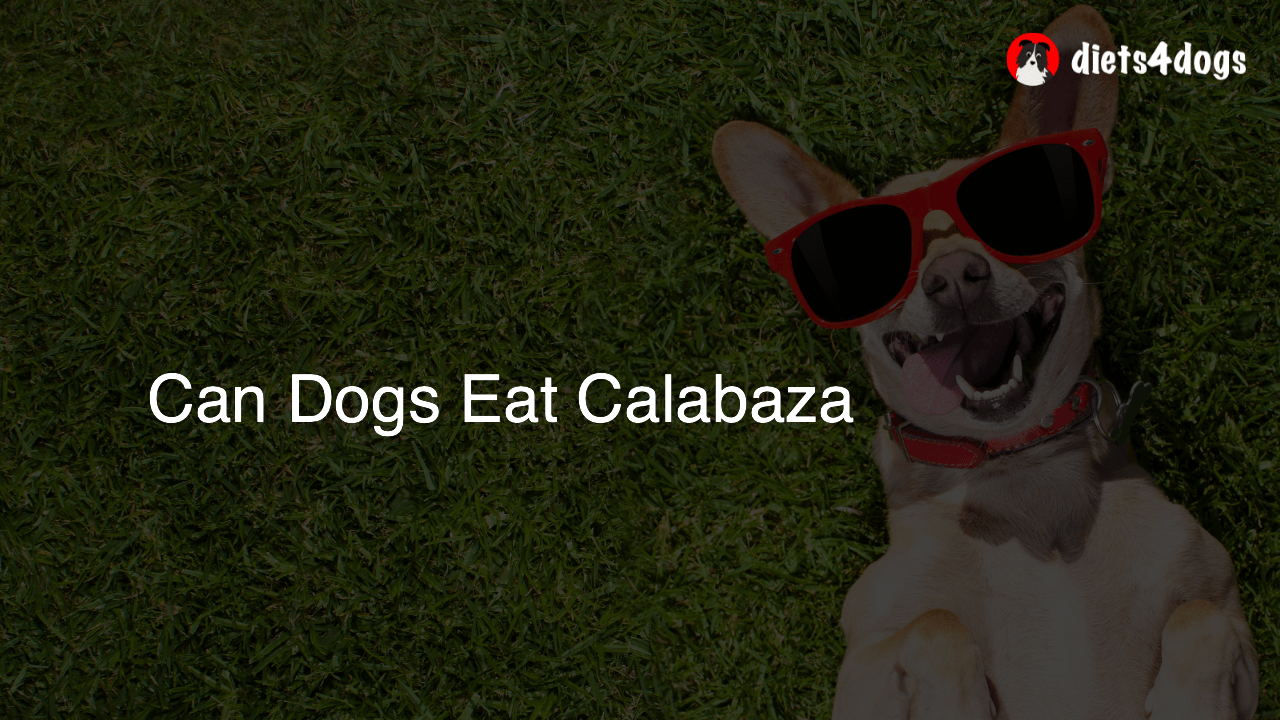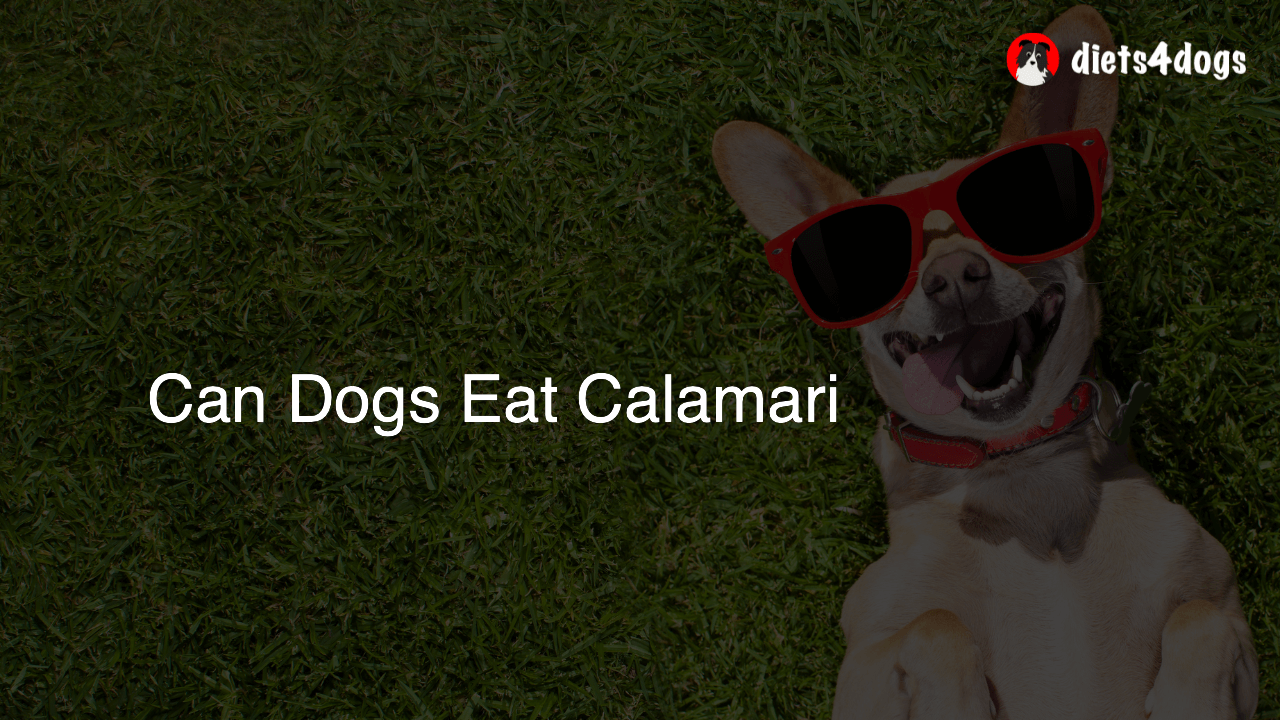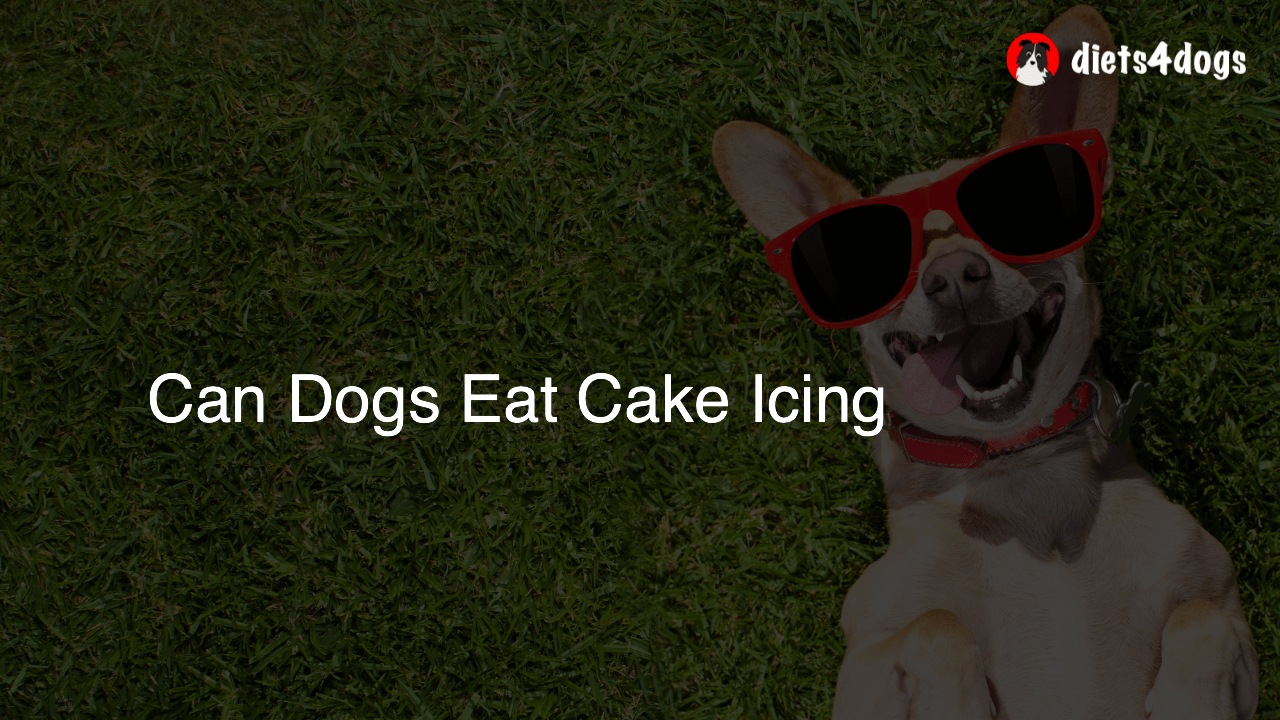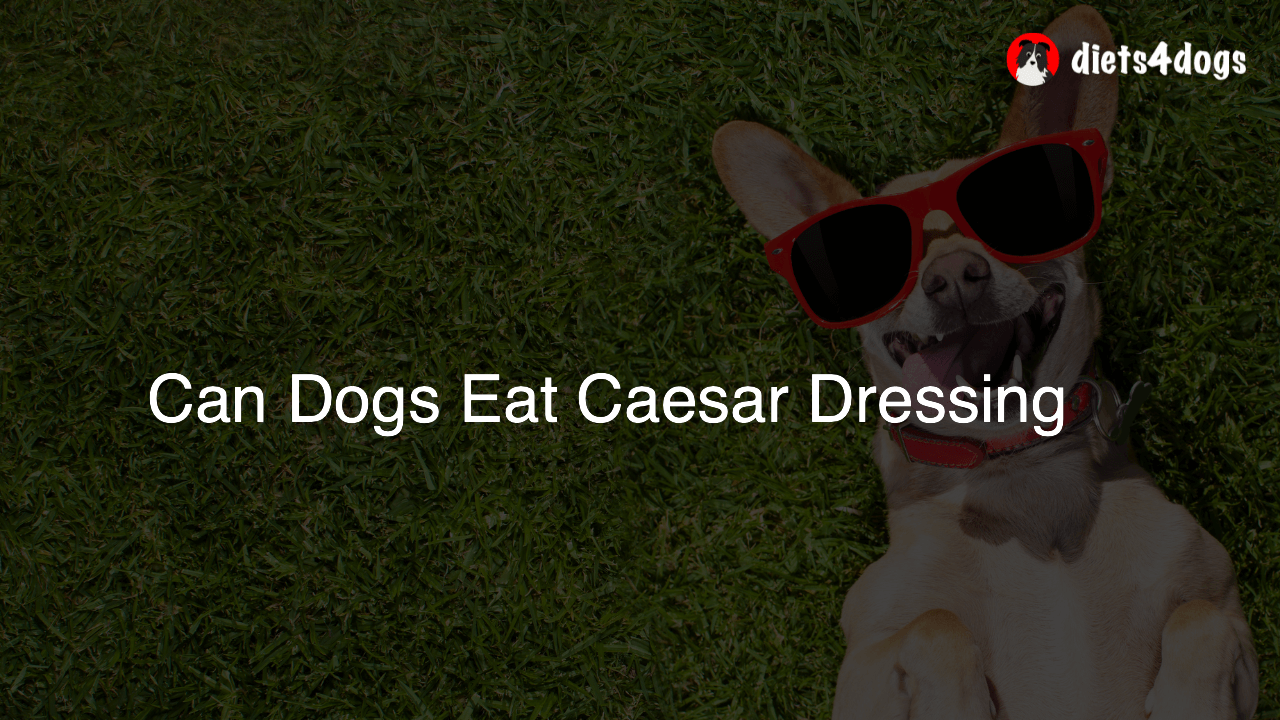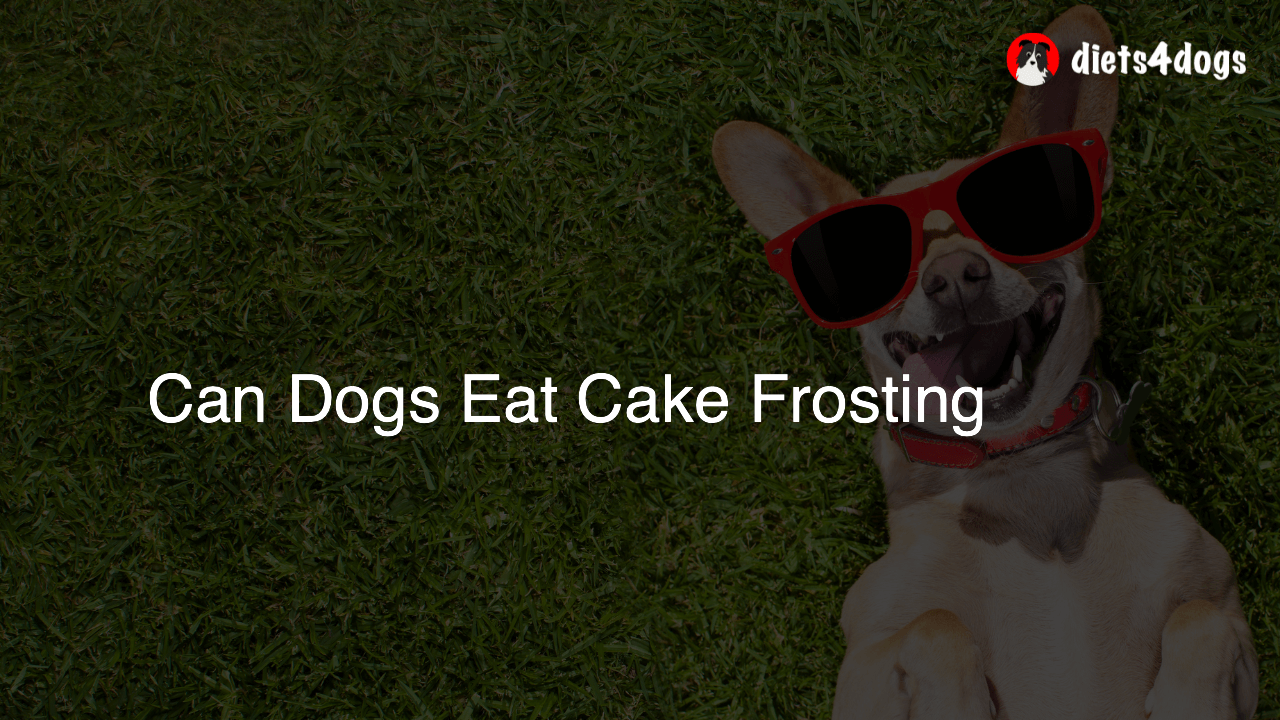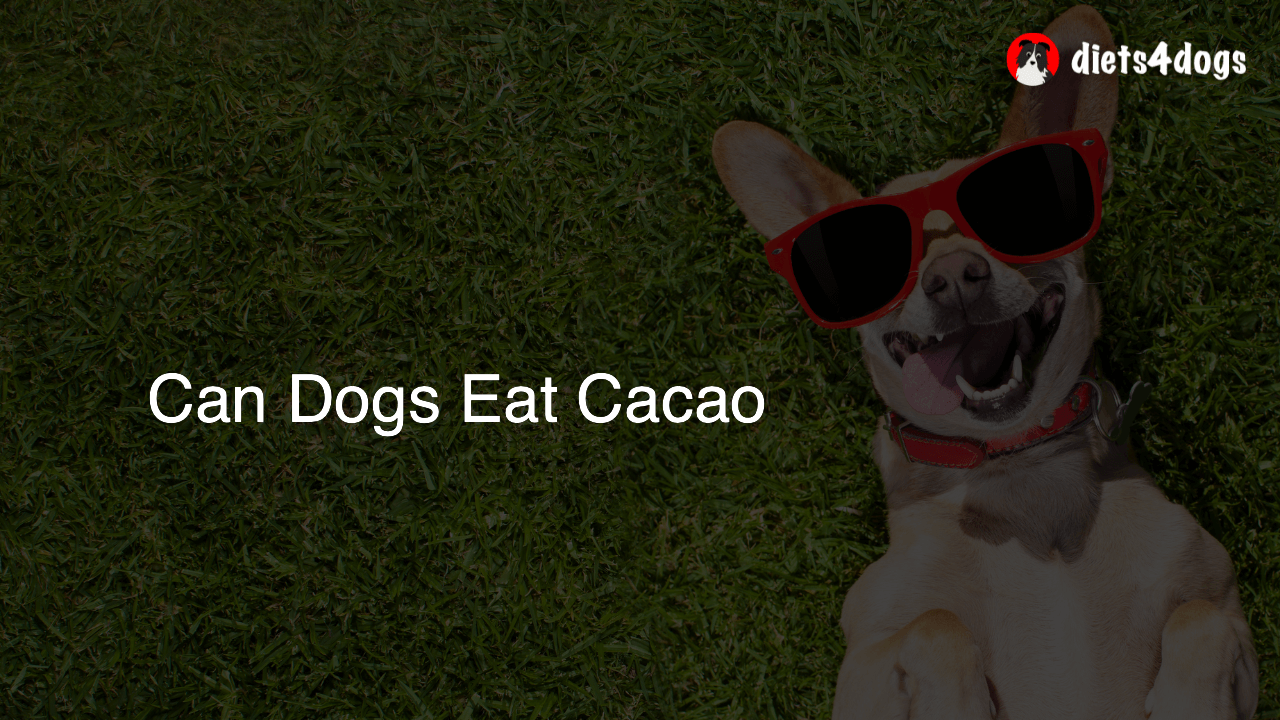Can Dogs Eat Crab Rangoon
No, dogs should not eat Crab Rangoon. The dish contains ingredients such as cream cheese, garlic, and onions, which are harmful to dogs. Furthermore, it is typically deep-fried, and feeding it to your dog can lead to digestive upset and health issues related to excessive fat and calories.
Can Dogs Eat Crab Rangoon?
As a responsible dog owner, it’s important to know what human foods your furry friend can and cannot consume. One popular appetizer that may pique your interest is Crab Rangoon. So, is your dog allowed to eat this delightful treat? The short answer is no. This article will delve into the reasons why and discuss some healthier alternatives for your canine companion. Let’s dive into the world of Crab Rangoon and canine-friendly diets!
What is Crab Rangoon?
Crab Rangoon, also known as crab puffs or crab and cheese wontons, is a popular appetizer in many Asian and fusion cuisine restaurants. It generally consists of a filling made from a combination of crab meat, cream cheese, garlic, onions, and various seasonings. The filling is then wrapped in a wonton wrapper and deep-fried to crispy perfection.
Why Crab Rangoon is Unsafe for Dogs
Ingredients Harmful to Dogs
Crab Rangoon may be a delicious appetizer for humans, but several ingredients within the dish can be harmful or even toxic to your dog. Among these ingredients are:
- Garlic and onions: Both garlic and onions are toxic to dogs, as they can cause damage to their red blood cells and lead to anemia. Ingestion of these ingredients can result in symptoms like weakness, vomiting, diarrhea, and even collapse.
- Cream cheese: Dairy products like cream cheese can be difficult for many dogs to digest due to lactose intolerance. This can lead to uncomfortable symptoms such as bloating, gas, and diarrhea for your dog.
Unhealthy Preparation Method
The deep-frying aspect of Crab Rangoon also makes it an unsuitable dog food option. Fried foods are high in calories and fat, which can contribute to obesity and other health issues in dogs, including pancreatitis. Feeding your dog deep-fried treats can also cause digestive upset due to the high fat content.
Healthier Alternatives for Your Dog
While Crab Rangoon is not a suitable option for your dog, you can still treat your furry friend to a tasty and nutritious snack. Some dog-friendly alternatives include:
- Cooked, unseasoned crab meat: If you want to share a taste of the sea with your dog, then unseasoned, cooked crab meat can be a safe option. Just make sure it is free of any shells or bones and not seasoned with garlic, onions, or other harmful ingredients.
- Vegetables: Many dogs enjoy the crunch and natural sweetness of raw vegetables like carrots, cucumbers, or green beans. These not only make for a healthy treat, but they can also help clean your dog’s teeth as they chew.
- Fruits: Apples, bananas, and blueberries are all dog-safe fruits that can make a delicious and nutrient-packed treat for your canine friend. Just be sure to remove any seeds or inedible pieces before feeding.
The key to maintaining a healthy and balanced diet for your dog is being knowledgeable about what they can and cannot eat. With a mindful approach to your dog’s meals and treats, your furry friend will not only be content but thrive in good health.
Sharing Food with Your Dog: What to Keep in Mind
While it’s natural to want to spoil your dog with tasty treats, it’s crucial to consider their nutritional needs and safety when sharing food. Human foods can be high in unhealthy additives or harmful ingredients, so it’s essential to research each ingredient before offering a new treat to your dog. To ensure your dog stays healthy, try to minimize table scraps and stick to feeding them high-quality, balanced dog food designed to meet their specific needs. Also, avoid feeding your dog right off your plate, as this may encourage begging and unhealthy eating habits.
Warning Signs of a Negative Reaction
Suppose your dog accidentally consumes Crab Rangoon or another potentially harmful food item. In that case, it’s important to be aware of the warning signs that may indicate they’re experiencing a negative reaction. Some common symptoms to look out for include:
- Vomiting
- Diarrhea
- Abdominal pain
- Loss of appetite
- Increased or decreased thirst
- Weakness or lethargy
If your dog exhibits any of these symptoms, seek professional advice from a veterinarian immediately. The sooner you can address the situation, the better the chances of your dog fully recovering.
Consult with a Veterinarian for Advice
When in doubt about what you can feed your dog, it’s always best to consult with a veterinarian. They can provide personalized advice based on your dog’s age, size, breed, and overall health, ensuring that your dog’s diet is safe, nutritious, and appropriate.
Final Thoughts on Dogs and Crab Rangoon
As tempting as it may be to share your favorite appetizer with your canine companion, it’s essential to place their health and safety first. Keep in mind that Crab Rangoon, with its combination of toxic ingredients and unhealthy preparation method, should not be part of your dog’s diet. Instead, opt for healthier alternatives, and always consult your veterinarian if you’re ever unsure about your dog’s nutritional needs or if you’re concerned they’ve consumed something harmful.
Frequently Asked Questions about Can Dogs Eat Crab Rangoon
If you still have questions about feeding Crab Rangoon to your dog or need clarification on certain aspects, check out our FAQ section answering the most common questions related to this topic.
Can dogs eat crab meat?
Yes, dogs can eat cooked and unseasoned crab meat as long as it’s free of shells and bones. However, it should be given in moderation as a treat and not as a regular part of their diet.
What are the symptoms of garlic and onion poisoning in dogs?
Garlic and onion poisoning in dogs can cause symptoms such as vomiting, diarrhea, abdominal pain, weakness, lethargy, and pale or yellow gums. If your dog has ingested garlic or onions, seek veterinary care immediately.
Is cream cheese safe for dogs?
Dogs can have difficulty digesting dairy products like cream cheese due to lactose intolerance. Consuming cream cheese may cause bloating, gas, and diarrhea in dogs. It’s best to avoid giving cream cheese to your dog.
Can dogs eat deep-fried foods?
Feeding your dog deep-fried foods is not recommended, as they are high in unhealthy fats and calories. Consuming such foods can lead to obesity, pancreatitis, and digestive upset in dogs.
What are some dog-friendly vegetables I can give my dog?
Dog-friendly vegetables include carrots, cucumbers, green beans, spinach, and sweet potatoes. These vegetables can be given as a treat in moderation, and always remove any inedible parts like seeds before feeding.
Can I give my dog fruits as a treat?
Yes, you can give your dog fruits like apples, bananas, blueberries, and watermelon as a treat. Make sure to remove any seeds or inedible parts before feeding them to your dog. However, avoid fruits like grapes and raisins, as they can be toxic to dogs.
My dog accidentally ate Crab Rangoon. What should I do?
If your dog accidentally eats Crab Rangoon, monitor them closely for signs of illness such as vomiting, diarrhea, or discomfort. Contact your veterinarian right away if your dog exhibits any worrisome symptoms, and follow the vet’s advice on how to proceed.
How can I discourage my dog from begging for food at the table?
To discourage begging, establish consistent rules about not feeding your dog from the table or your plate. Train your dog to stay in a designated area or lie down away from the table during mealtimes. Positive reinforcement, like rewarding your dog with praise or a treat, can help reinforce good behavior.
Can I share other types of seafood with my dog?
Other types of seafood, such as cooked shrimp, salmon, or tuna, can be given to your dog in moderation, as long as they’re unseasoned and free of bones. However, avoid giving them raw fish, as it can contain harmful parasites.
How can I be sure my dog is getting a balanced and nutritious diet?
To ensure your dog receives a balanced and nutritious diet, feed them high-quality commercial dog food formulated for their age, size, and specific needs. Consult with a veterinarian for personalized advice on your dog’s diet and any additional supplements or treats they may require.

